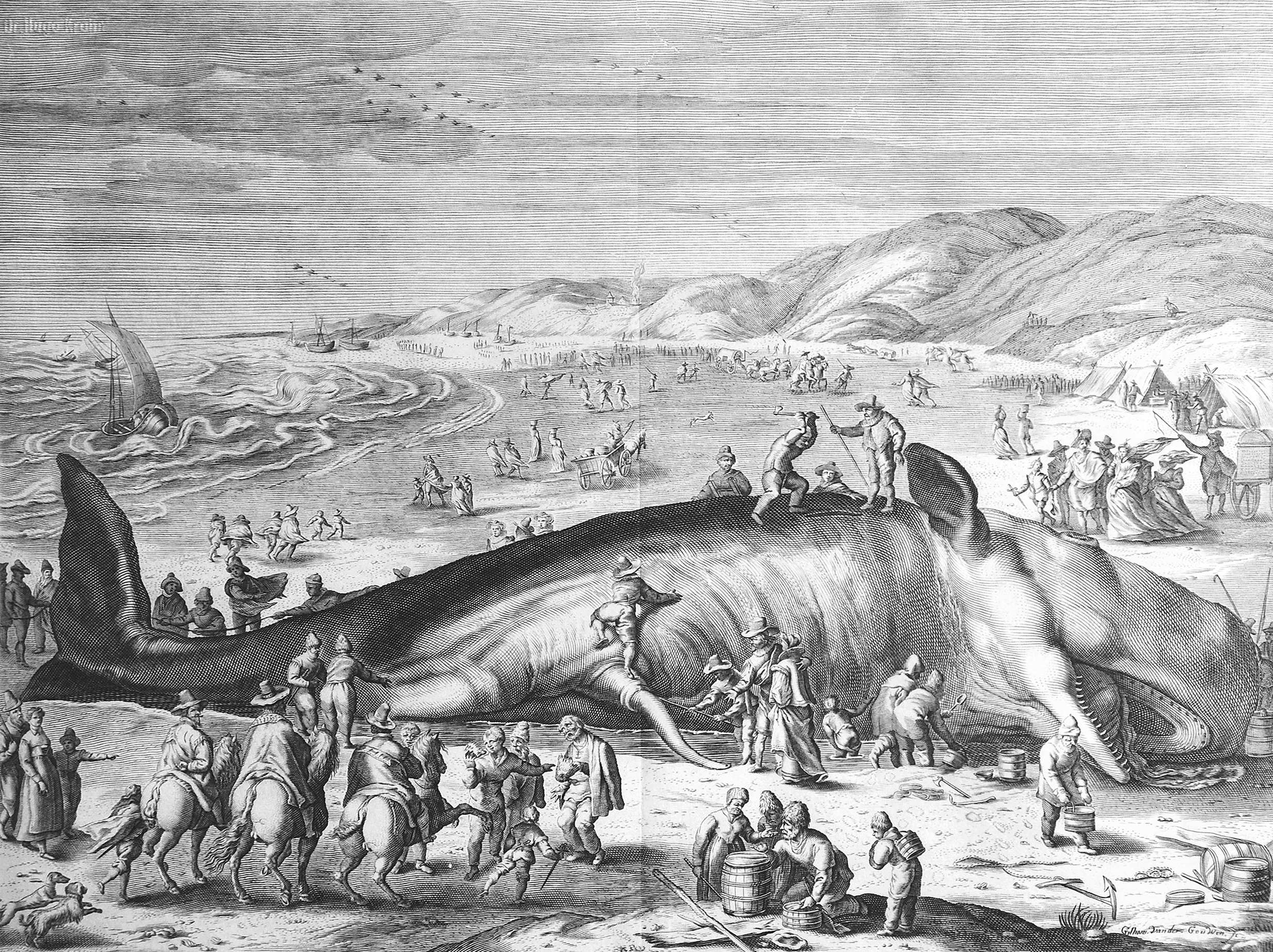Biology
-
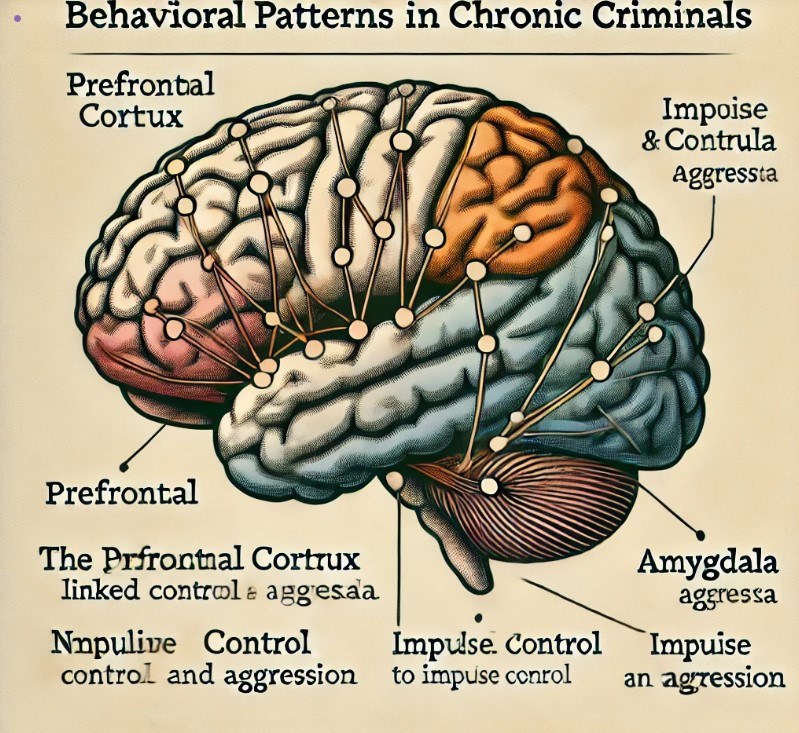
Neurological patterns in chronic criminals
In recent decades, advancements in neuroscience have offered deep insights into the neurobiological foundations of behaviour, shedding light on the possible brain-based causes of chronic criminality. The study of how certain neural characteristics predispose individuals to deviant behaviour is a growing field known as neuro-criminology. This interdisciplinary domain merges neuroscience, psychology, and criminology to explore…
-
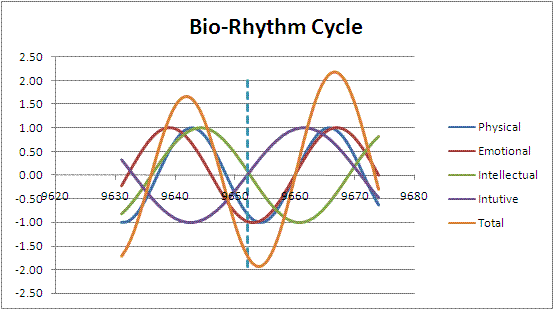
Biorhythm in humans : myth or reality?
By
in BiologyWe all feel high and low with time. Sometimes we are fastest, strongest, and healthy. And at other times, we are in the opposite mood. This is biorhythm. The equations used to calculate it are given on Wikipedia. Biorhythm theory suggests that our physical, emotional, and intellectual states follow natural, cyclical patterns, which influence how…
-

Using microbes for durable concrete
By
Conventionally, organic matters in concrete were considered to be undesirable. But recent study with selected microbes has shed new light on its usefulness. Both useful and deteriorating microbes has been identified. Metabolic activity of microbes produces acid which degrade concrete. These kinds of deterioration are pronounced in location having high microbial activities such as near…
-
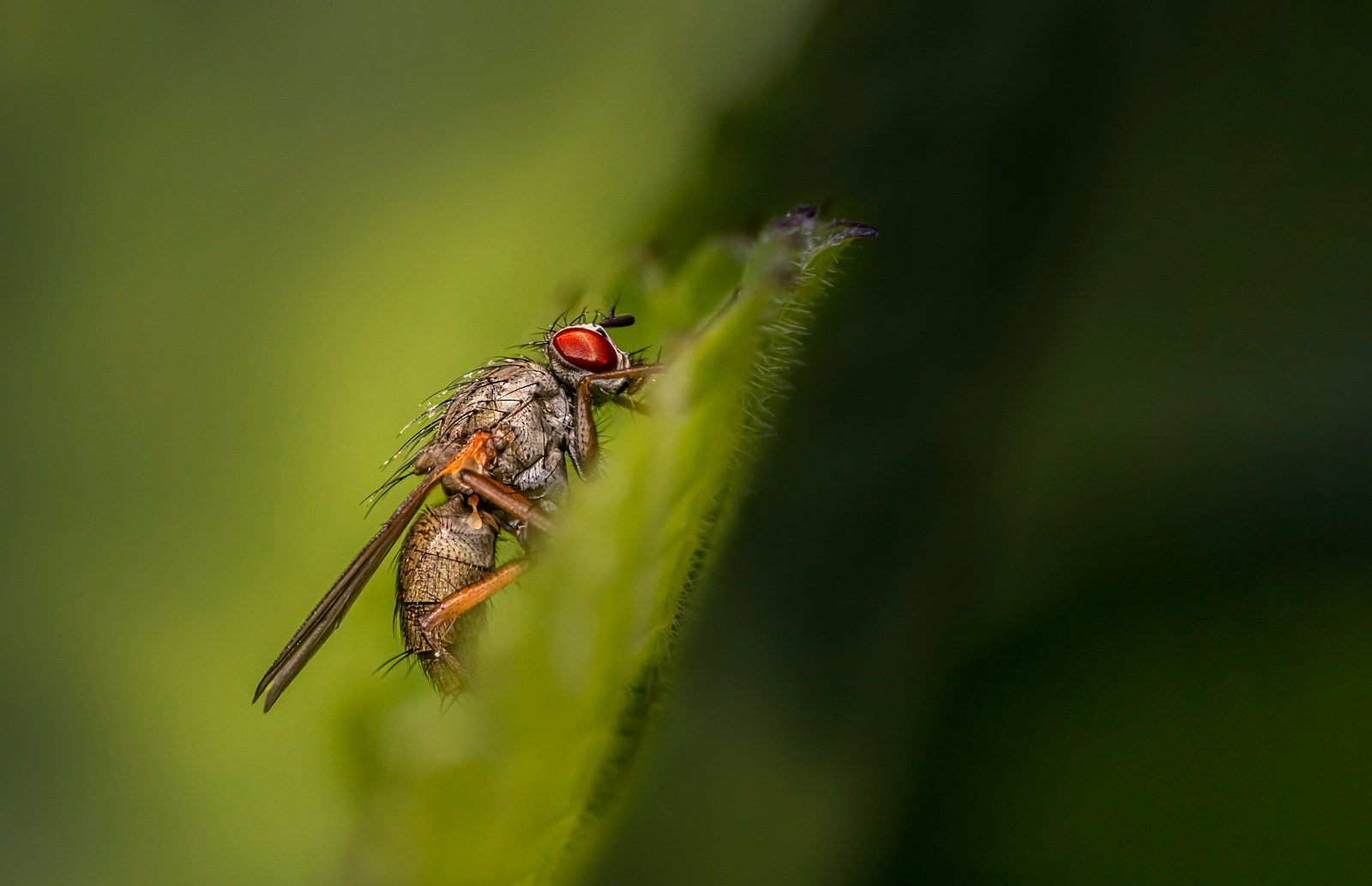
Brain map of female fruit fly
The human brain consists of billions of neurons. These neurons are connected by synapses, where information is passed from one neuron to another. Understanding how neurons connect and communicate can reveal how the brain controls behaviour. However, reconstructing these connections for an entire brain has been challenging due to technological limitations. Recently, a team of…
-

Scientific history of rice
By
Rice is one of the most significant staple foods in the world, nourishing more than half of the global population. Its origins, cultivation, and consumption are deeply intertwined with human civilization, shaping cultures, economies, and societies. Archaeological history of rice Archaeological evidence suggests rice cultivation began around 9,000 to 11,000 years ago. The earliest known…
-
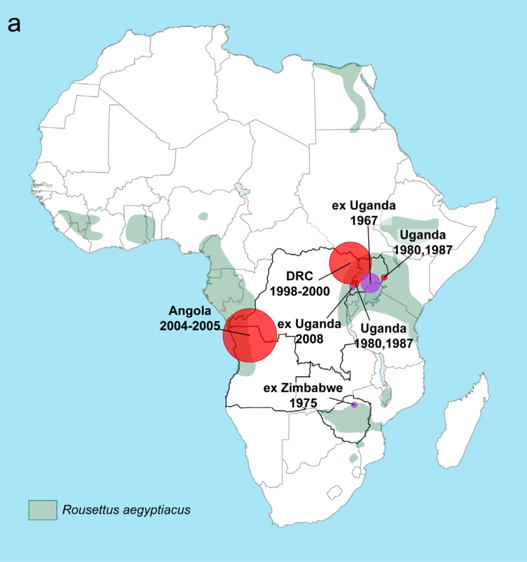
Possibility of Marburg virus outbreak
The Marburg virus, a highly virulent pathogen belonging to the Filoviridae family alongside the Ebola virus, has re-emerged in recent years, triggering outbreaks that remind the world of its lethality. This virus, responsible for Marburg Virus Disease (MVD), causes severe haemorrhagic fever with a mortality rate often exceeding 80%. While MVD is less well-known than…
-
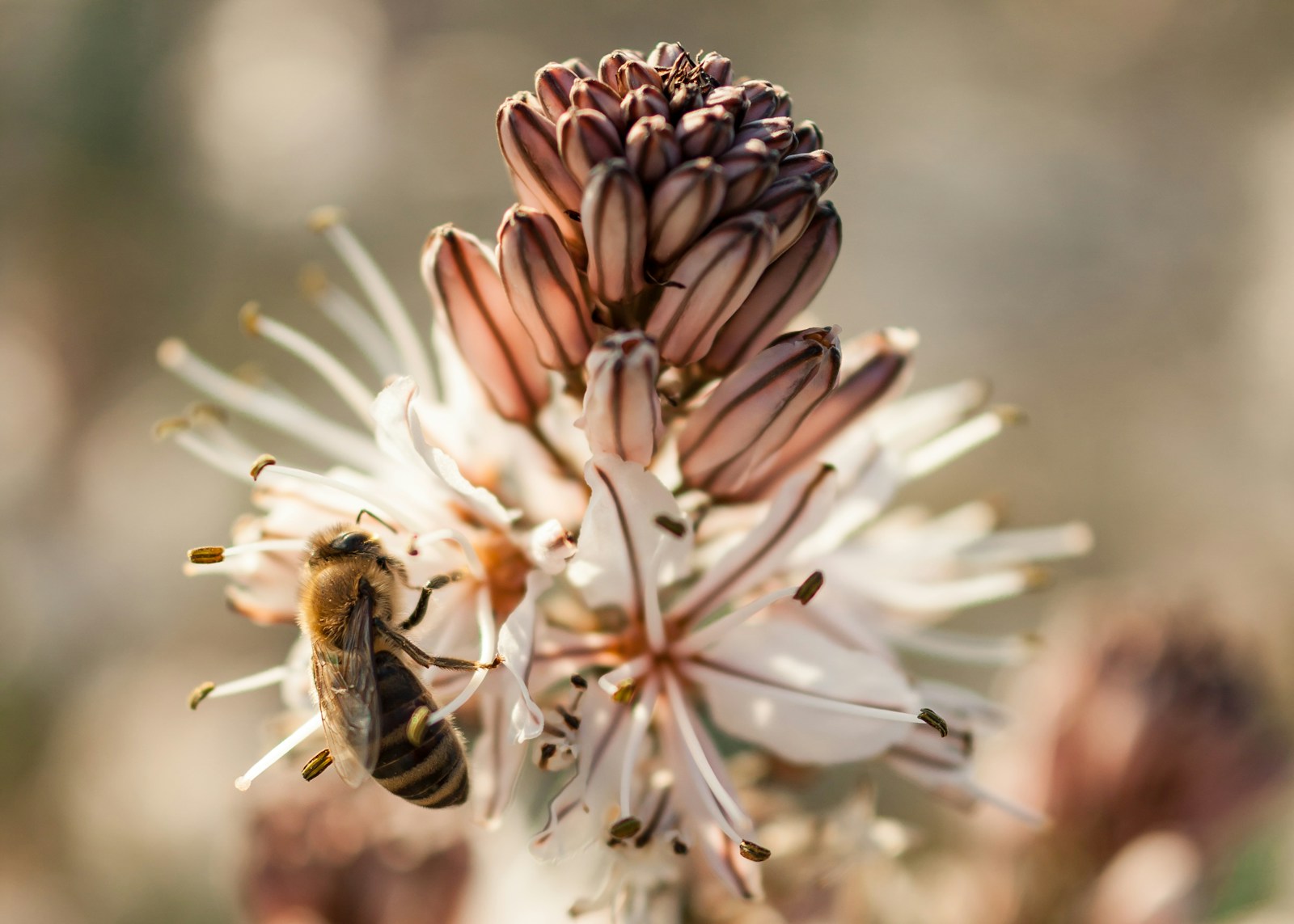
Experiments with the bees
Honeybees have long fascinated researchers due to their complex social structures and remarkable navigational abilities. These tiny creatures, vital to ecosystems and agriculture, utilize a sophisticated array of behaviours to locate food sources and return to their hives. Over the past century, numerous studies have contributed to our understanding of honeybee navigation, revealing that it…
-

Shaping the future of medicine, agriculture, and sustainability with synthetic biology
Synthetic biology is revolutionizing life sciences by applying engineering principles to redesign biological systems for medicine, energy, and environmental solutions, while raising ethical and safety concerns.
